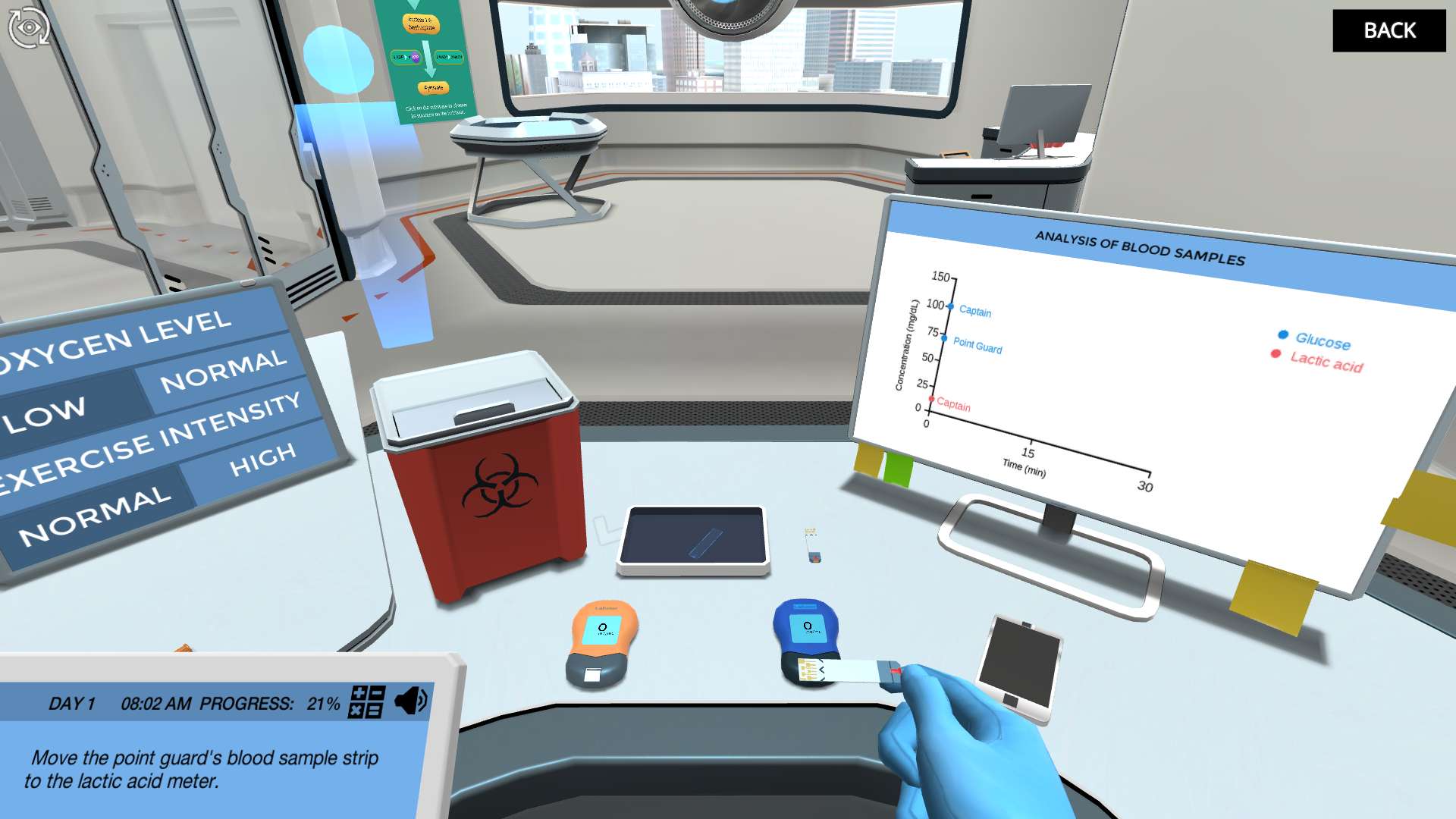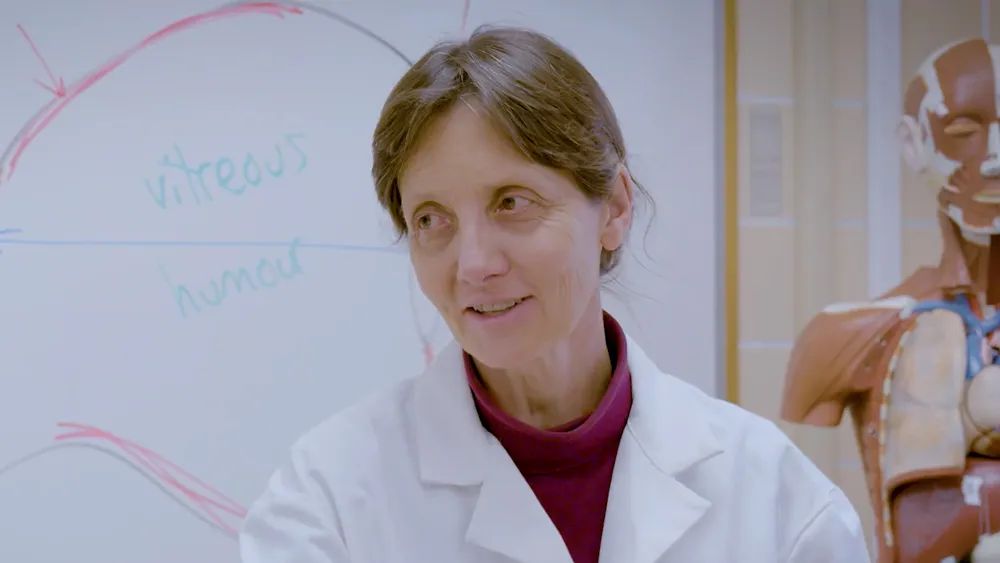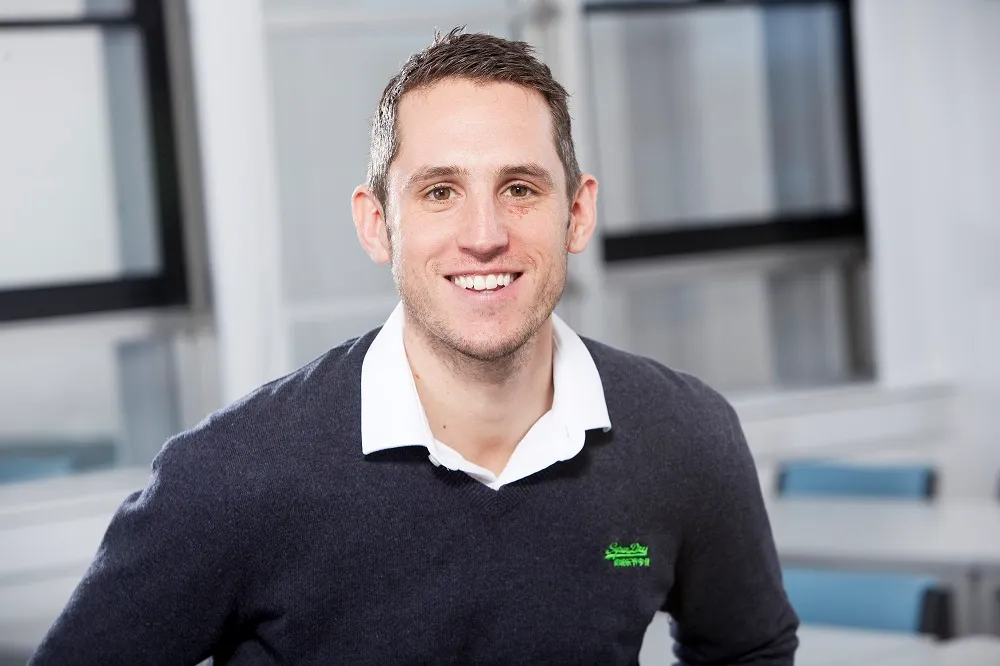Heading 1
Heading 2
Heading 3
Heading 4
Heading 5
Heading 6
Lorem ipsum dolor sit amet, consectetur adipiscing elit, sed do eiusmod tempor incididunt ut labore et dolore magna aliqua. Ut enim ad minim veniam, quis nostrud exercitation ullamco laboris nisi ut aliquip ex ea commodo consequat. Duis aute irure dolor in reprehenderit in voluptate velit esse cillum dolore eu fugiat nulla pariatur.
Block quote
Ordered list
- Item 1
- Item 2
- Item 3
Unordered list
- Item A
- Item B
- Item C
Bold text
Emphasis
Superscript
Subscript
About This Simulation
Help basketball players understand how the food they eat gets converted to energy through glycolysis, the Krebs cycle and the electron transport chain. Use a mouse model to experiment on the effect of exercise intensity on oxygen and glucose consumption.
Learning Objectives
- Explain the structural changes of glucose and ATP during glycolysis
- Analyze blood glucose and lactic acid concentrations of athletes before and after exercise
- Determine electron carrier products of the Krebs cycle
- Understand the role of the electron transport chain in generating ATP
- Experiment on oxygen consumption in mice at various exercise intensities
About This Simulation
Lab Techniques
- Respirometry
- Measure and analyze blood glucose and lactic acid concentrations
Related Standards
- HS-LS1-7
- No direct alignment
- 6.6 Hormones, homeostasis and reproduction
- Biology D.5 Hormones and metabolism
Learn More About This Simulation
What does it mean to work up an appetite? In this simulation, you will learn about how we metabolize glucose through aerobic and anaerobic respiration. You will be taken through the three stages of cellular respiration: glycolysis, the Krebs cycle and the electron transport chain.
Evaluate cellular respiration through exercise
Beginning by outlining the structural changes that take place during phosphorylation and glycolysis, you will identify the important products of the Krebs cycle and follow their electrons through the electron transport chain. Then, you will apply what you have learned about cellular respiration to experiments on exercise intensity and oxygen consumption using a mouse model.
Respirometry and blood sample analysis
You will measure cellular respiration by analyzing the blood glucose and lactic acid concentrations of basketball players throughout their game. This data will be compared to experimental exercise data collected using a mouse model and respirometry. The experimental portion of this simulation is supported with strong theoretical explanations of the central steps of glycolysis, phosphorylation and the Krebs cycle using 3D molecules and interactive feedback. The simulation includes an immersive experience of jumping inside mitochondria that demonstrates how protein complexes in the inner membrane of the mitochondria contribute to the electrochemical gradient used by ATP synthase to generate ATP.
Help athletes perform during exercise
Experiment using a mouse model to understand the role of glucose, lactic acid and oxygen during exercise. Apply your knowledge from mouse experiments and of glycolysis, the Krebs cycle and the electron transport chain to help basketball players perform their best during their game.
For Science Programs Providing a Learning Advantage
Boost STEM Pass Rates
Boost Learning with Fun
75% of students show high engagement and improved grades with Labster
Discover Simulations That Match Your Syllabus
Easily bolster your learning objectives with relevant, interactive content
Place Students in the Shoes of Real Scientists
Practice a lab procedure or visualize theory through narrative-driven scenarios


FAQs
Find answers to frequently asked questions.
Heading 1
Heading 2
Heading 3
Heading 4
Heading 5
Heading 6
Lorem ipsum dolor sit amet, consectetur adipiscing elit, sed do eiusmod tempor incididunt ut labore et dolore magna aliqua. Ut enim ad minim veniam, quis nostrud exercitation ullamco laboris nisi ut aliquip ex ea commodo consequat. Duis aute irure dolor in reprehenderit in voluptate velit esse cillum dolore eu fugiat nulla pariatur.
Block quote
Ordered list
- Item 1
- Item 2
- Item 3
Unordered list
- Item A
- Item B
- Item C
Bold text
Emphasis
Superscript
Subscript
A Labster virtual lab is an interactive, multimedia assignment that students access right from their computers. Many Labster virtual labs prepare students for success in college by introducing foundational knowledge using multimedia visualizations that make it easier to understand complex concepts. Other Labster virtual labs prepare learners for careers in STEM labs by giving them realistic practice on lab techniques and procedures.
Labster’s virtual lab simulations are created by scientists and designed to maximize engagement and interactivity. Unlike watching a video or reading a textbook, Labster virtual labs are interactive. To make progress, students must think critically and solve a real-world problem. We believe that learning by doing makes STEM stick.
Yes, Labster is compatible with all major LMS (Learning Management Systems) including Blackboard, Canvas, D2L, Moodle, and many others. Students can access Labster like any other assignment. If your institution does not choose an LMS integration, students will log into Labster’s Course Manager once they have an account created. Your institution will decide which is the best access method.
Labster is available for purchase by instructors, faculty, and administrators at education institutions. Purchasing our starter package, Labster Explorer, can be done using a credit card if you are located in the USA, Canada, or Mexico. If you are outside of North America or are choosing a higher plan, please speak with a Labster sales representative. Compare plans.
Labster supports a wide range of STEM courses at the high school, college, and university level across fields in biology, chemistry, physics, and health sciences. You can identify topics for your courses by searching our Content Catalog.

















